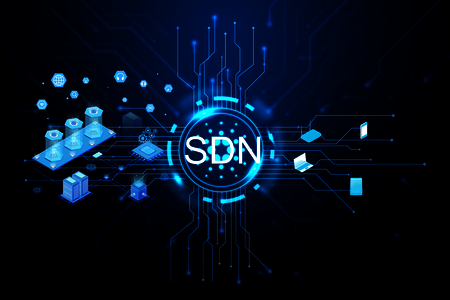Example SDN Automatic Link Acceptance
In the transport network / mobile backhaul, the customer pursues the strategy of being able to manage its network elements "live" and "device-agnostically", in which network
planning parameters and network configurations, manufacturer- and device-independent via Software Defined Network (SDN) Controller (ONAP platform) are managed and imported.
For automatic acceptance of microwave links, Mentopolis developed a smart app that reads all planning data from a planning tool and compares and verifies it with the live parameters set by the technician (directly after installation) via the SDN controller, so that newly installed microwave links can be accepted without explicit onsite personnel deployment.
The complete acceptance and commissioning process is thus massively optimized by a reduced number of manual interventions and resulting time and cost savings, error reduction.
Green IT - SDN
Digitalization and the energy transition are closely linked, especially in the telecommunications industry
The aim is to offer a high-quality, resilient, secure and energy-efficient network. 5G, for example, consumes up to 90 percent less power per data traffic unit than 4G. Future next-generation networks, which are based on zero footprint and enable direct control of the network via SDN controllers, among other things, allow network elements to be configured in an energy-efficient manner as required at any time, resulting in significant energy savings and associated cost reductions.
Example SDN Powersaver for radio links
In the dynamic world of Software-Defined Networking (SDN), efficiency is the key to success.
The "Air-Interface-Power-Saver" optimizes energy consumption and thus reduces your carbon footprint and operating costs.
This is achieved by analyzing the network load and taking the resulting measures:
1. Dynamic Energy Management
At times of low load, the Power Saver can reduce energy consumption, while at times of high activity it ensures maximum performance.
2. Efficient Data Transmission
By optimizing data transmission processes, the Power Saver minimizes energy consumption. This includes reducing transmission times and selecting the most efficient transmission paths.

